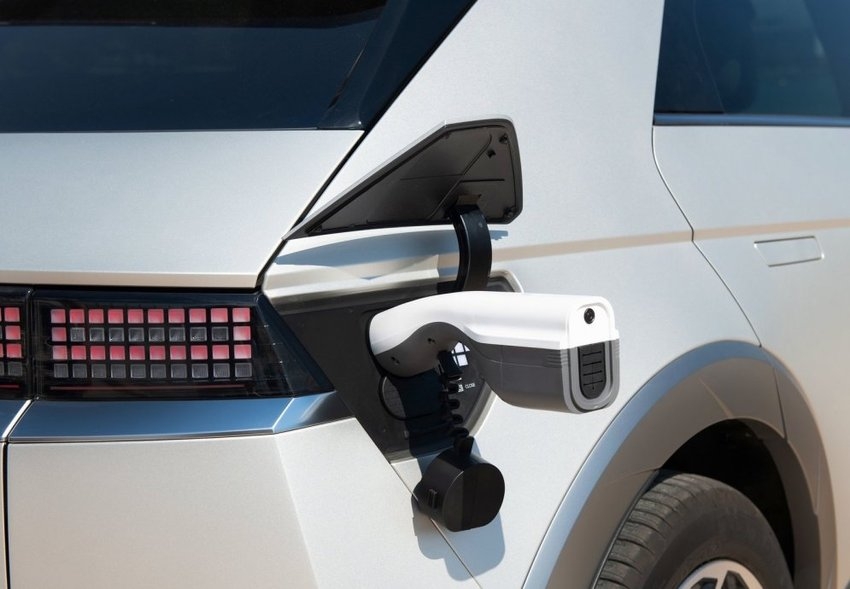If there is an electricity battery at home, even the fiercest storm will not be able to shake the peace and well-being. And this time it’s not about storing energy produced by solar panels, it’s about an electric car that can also act as a large external power source.
As power sources, different electric cars have different capabilities: some can power external devices (Vehicle to load, or V2L), some can supply electricity to a house (Vehicle to house, or V2H), and others – return energy to the common network (Vehicle to grid, or V2G). . In the latter case, the honor of the pioneer belongs to “Nissan”, whose model “Leaf” since 2016 can not only operate devices, but also return energy to the network.
Gradually, the range of such cars, which can serve as a power source for devices, is expanding. For example, Hyundai Ioniq 5 offers interesting options. Its output power – 3.6 kW – allows you to connect one or more electricity consumers and operate them for several hours. The South Korean manufacturer is currently actively testing V2G technology, and the Ioniq 6, which will debut on the market this year, is expected to have this feature as standard, while software updates will eventually bring it to the Ioniq 5.
“Kia EV6” and “Niro” can also power external devices for a long time. In some markets, this functionality is also offered in more interesting models, such as the “Ford F-150 Lightning” pickup truck, which can power the house, as well as the “MG ZS EV”, which can power individual appliances.
Buy cheaper, sell more expensive?
There are several challenges associated with the production, transmission and consumption of electricity, namely – the quantity produced is not constant, energy consumption also fluctuates, plus – in case of high demand and low supply, an extremely high price can be formed. The load and the price could be balanced if the electricity could be stored on a significant scale, but for now this is not possible.
“In time, the car power technology could develop and it would be possible to connect the car to the main electricity grid and thus include it in the overall electricity supply. In hours of high demand, the car would transfer its energy to the network, and as a result, the owner, who previously charged the car at a lower price, would benefit financially. For now, this everything is at an experimental stage, and a significant effect would be expected if many cars were connected to the network in this way,” he says
